ResMed’s NightOwl: Taking Flight for Better Sleep
Date Published: April 4, 2025
What is NightOwl and How Does It Work?
NightOwl is a home sleep apnea test (HSAT) launched by ResMed on April 3, 2025, designed for convenience. It uses a small, disposable fingertip sensor paired with the myAir app to measure blood flow, oxygen levels, and pulse rate, recording up to 10 nights of data. Priced at $179 with a prescription, it’s rechargeable, offering 25 hours per charge, and needs at least 4 hours for accurate results. It’s validated against polysomnography (PSG), the lab-based gold standard, but may overestimate for mild OSA and can’t detect CSA, making it best for suspected obstructive cases.
Understanding Sleep Apnea
Sleep apnea is a serious disorder where breathing repeatedly stops and starts, affecting nearly 1 billion people globally, with about 80% undiagnosed. Obstructive sleep apnea (OSA), the most common, happens when throat muscles block airways, causing loud snoring, gasping, and daytime sleepiness. Central sleep apnea (CSA) occurs when the brain fails to signal breathing muscles, less common but still significant. Symptoms include morning headaches, irritability, and fatigue, with risks like high blood pressure, heart attack, stroke, type 2 diabetes, and metabolic syndrome. A 2025 Lancet study showed CPAP therapy reduces all-cause mortality by 37% and cardiovascular mortality by 55% in OSA patients, highlighting treatment’s life-saving potential.
Why Sleep Testing Matters
Sleep testing, via PSG or HSATs like NightOwl, diagnoses disorders like OSA, narcolepsy, and restless legs syndrome. PSG, done in labs, monitors brain activity, eye movement, heart rate, breathing, oxygen, snoring, and body movements overnight, ideal for comprehensive assessment. Home tests like NightOwl offer convenience, especially for suspected OSA, but are less detailed, missing conditions like CSA. It’s crucial for patients with fatigue, drowsiness, or difficulty concentrating, particularly those obese or at risk, to prevent complications and evaluate treatments. Early diagnosis can ease symptoms, reduce accidents, and mitigate cardiovascular strain, improving quality of life, with the average cost of lab tests being ten times HSATs.
Comprehensive Analysis of NightOwl, Sleep Testing, and Sleep Apnea
This section provides an in-depth exploration of ResMed’s NightOwl, sleep testing methodologies, and the clinical significance of diagnosing sleep apnea, expanding on the key points for a comprehensive understanding, suitable for professional or educational contexts.
NightOwl: Technical Details and Role in Sleep Testing
NightOwl, launched by ResMed on April 3, 2025, is an FDA-cleared home sleep apnea test (HSAT) designed to simplify OSA diagnosis from home. It employs peripheral arterial tonometry (PAT) technology, measuring changes in blood flow, oxygen saturation, and pulse rate via a small, disposable fingertip sensor weighing 1 ounce, paired with the myAir app for guidance. The device records up to 10 nights of data, capturing night-to-night variability, a feature highlighted for its clinical utility, and is rechargeable, offering approximately 25 hours of data per charge, requiring at least 4 hours for accurate results. Priced at $179 with a prescription, it integrates with Somnoware sleep lab management software for streamlined workflows, auto-scoring results with a clinically validated algorithm against PSG.
Technically, NightOwl uses an accelerometer and photoplethysmography (PPG) to derive actigraphy (body motion for sleep/wake states), PAT for OSA detection, and calculates the Apnea-Hypopnea Index (AHI), dividing total episodes of shallow or halted breathing by total sleep hours. A multicenter validation study showed close agreement with PSG for severity and clinical performance, validated for both 3% and 4% hypopnea desaturation scoring rules, though it may overestimate AHI for mild OSA and cannot detect CSA, limiting its scope compared to devices with wrist or chest sensors. Its impact is significant given OSA affects nearly 1 billion globally, with approximately 80% undiagnosed and untreated, per Benjafield et al., 2019. A recent 2025 Lancet study underscores treating OSA with CPAP therapy can significantly reduce death risk, emphasizing the need for tools like NightOwl to bridge the diagnosis gap.
Sleep Testing: Methods and Clinical Importance
Sleep testing encompasses polysomnography (PSG) and home sleep apnea tests (HSATs) like NightOwl, used to diagnose sleep disorders. PSG, performed in specialized centers, is a non-invasive, overnight exam monitoring brain activity, eye movement, heart rate, breathing patterns, oxygen levels, snoring, and body movements, ideal for diagnosing conditions like OSA, narcolepsy, restless legs syndrome, insomnia, periodic limb movement disorder, sleepwalking, and REM sleep behavior disorder. Home sleep apnea tests, like NightOwl, focus on breathing and oxygen metrics, ideal for suspected OSA but less comprehensive, missing conditions like CSA. The importance lies in diagnosing disorders early, evaluating treatment effectiveness, and preventing complications, especially for at-risk groups. For instance, early diagnosis can prevent accidents due to daytime fatigue, reduce cardiovascular strain from hypoxia, and mitigate metabolic risks like type 2 diabetes, improving overall quality of life, with the average cost of a traditional lab sleep test being ten times that of HSATs.
Sleep Apnea: Definition, Types, Symptoms, and Associated Risks
Sleep apnea is a potentially serious sleep disorder where breathing repeatedly stops and starts, disrupting deep, restful sleep, with patterns repeating 5 to 30 times or more per hour. It affects nearly 1 billion people globally, with 80% undiagnosed, per Benjafield et al., 2019. There are three types, detailed in the following table:
| Type | Description |
|---|---|
| Obstructive Sleep Apnea (OSA) | Throat muscles relax and block air flow into lungs, more common, causing snoring, gasping. |
| Central Sleep Apnea (CSA) | Brain doesn't send proper signals to breathing muscles, less common, no snoring typically. |
| Treatment-emergent Central Sleep Apnea | OSA converts to CSA when receiving therapy for OSA, also known as complex sleep apnea. |
Symptoms, common to both OSA and CSA, include:
- Loud snoring.
- Episodes of stopping breathing during sleep (reported by another person).
- Gasping for air during sleep.
- Awakening with a dry mouth.
- Morning headache.
- Difficulty staying asleep (insomnia).
- Excessive daytime sleepiness (hypersomnia).
- Difficulty paying attention while awake.
- Irritability.
Risk factors, particularly for OSA, include excess weight, thicker necks, male gender, older age, family history, alcohol/sedatives, smoking, nasal congestion, and medical conditions like congestive heart failure, high blood pressure, type 2 diabetes, polycystic ovary syndrome, hormonal disorders, prior stroke, and chronic lung diseases like asthma. For CSA, risks include age, male gender, heart disorders, narcotic pain medicines, and stroke.
Complications from undiagnosed sleep apnea include daytime fatigue, increasing accident risk; high blood pressure and heart problems like heart attack, stroke, and irregular heartbeats; type 2 diabetes from insulin resistance; metabolic syndrome linked to heart disease; breathing problems post-surgery under sedation; liver issues like nonalcoholic fatty liver disease; and sleep-deprived partners due to loud snoring. Early diagnosis is crucial, as treatment can ease symptoms and prevent these serious outcomes, with the 2025 Lancet study showing CPAP therapy’s mortality benefits.
Conclusion and Implications
Given the prevalence and risks, tools like NightOwl are pivotal in addressing the diagnosis gap. Its convenience—testing at home, lightweight sensor, and app integration—makes it accessible. While it has limitations, like not detecting CSA and potential overestimation for mild cases, its validation against PSG and ability to record multiple nights enhance its utility. Research suggests such innovations can significantly improve outcomes, reducing death risk and improving quality of life, aligning with ResMed’s mission to deliver life-changing health technology.
Key Citations
- Estimation of the global prevalence and burden of obstructive sleep apnoea: a literature-based analysis
- ResMed Announces Small, Easy to Use Home Sleep Apnea Test, NightOwl™, Now Available Across the US
- Home Sleep Test detailed information and pricing
- Ectosense NightOwl Review 2025 comprehensive analysis
- Sleep apnea - Symptoms and causes detailed medical overview
- New Global Study Finds: Sleep Apnea Patients Who Use CPAP Live Longer
- Sleep Apnea Statistics for 2025 global and regional data
- NightOwl Home Sleep Apnea Test Device Tutorial step-by-step guide
- A multicentric validation study of a novel home sleep apnea test based on peripheral arterial tonometry
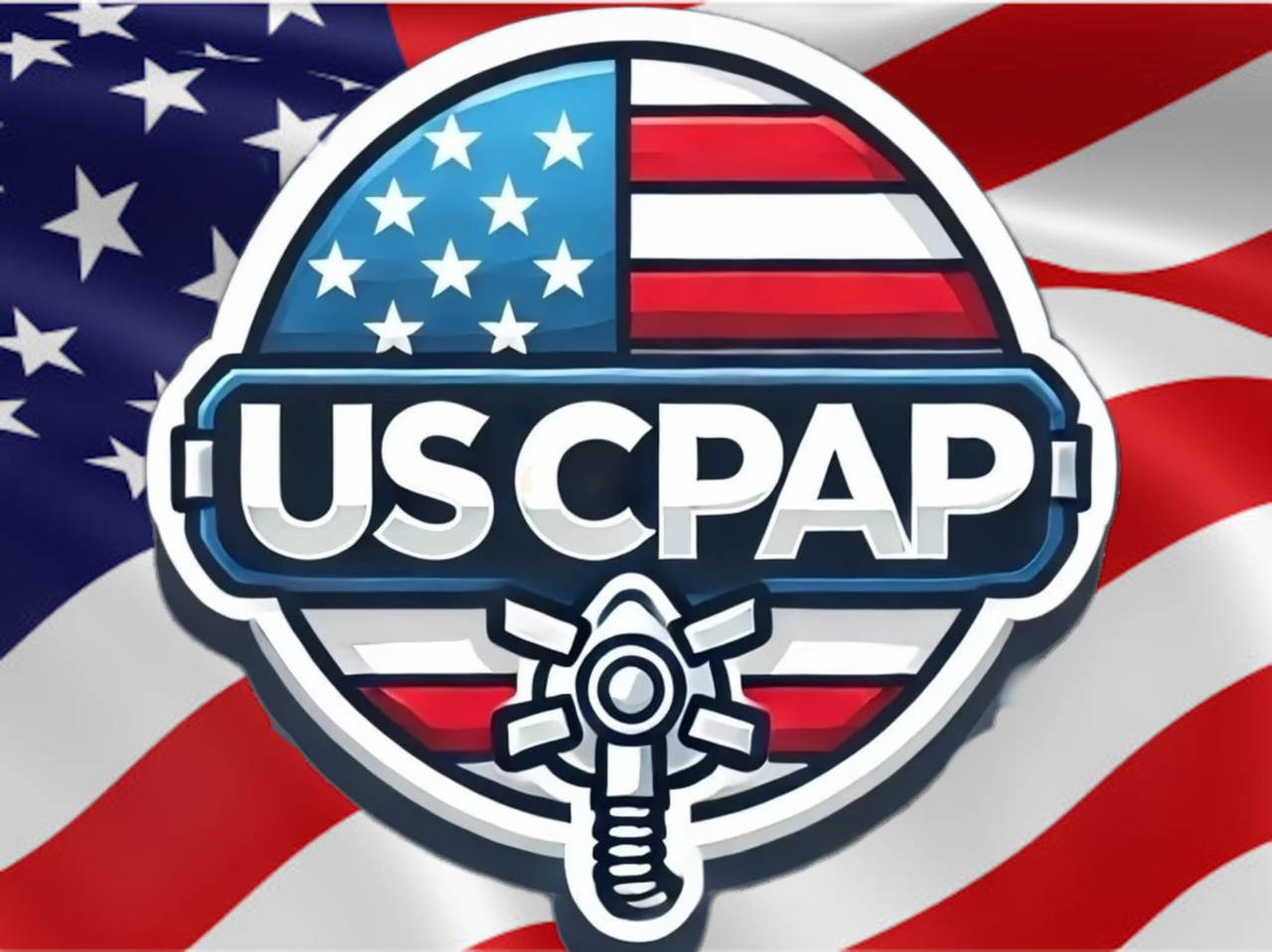
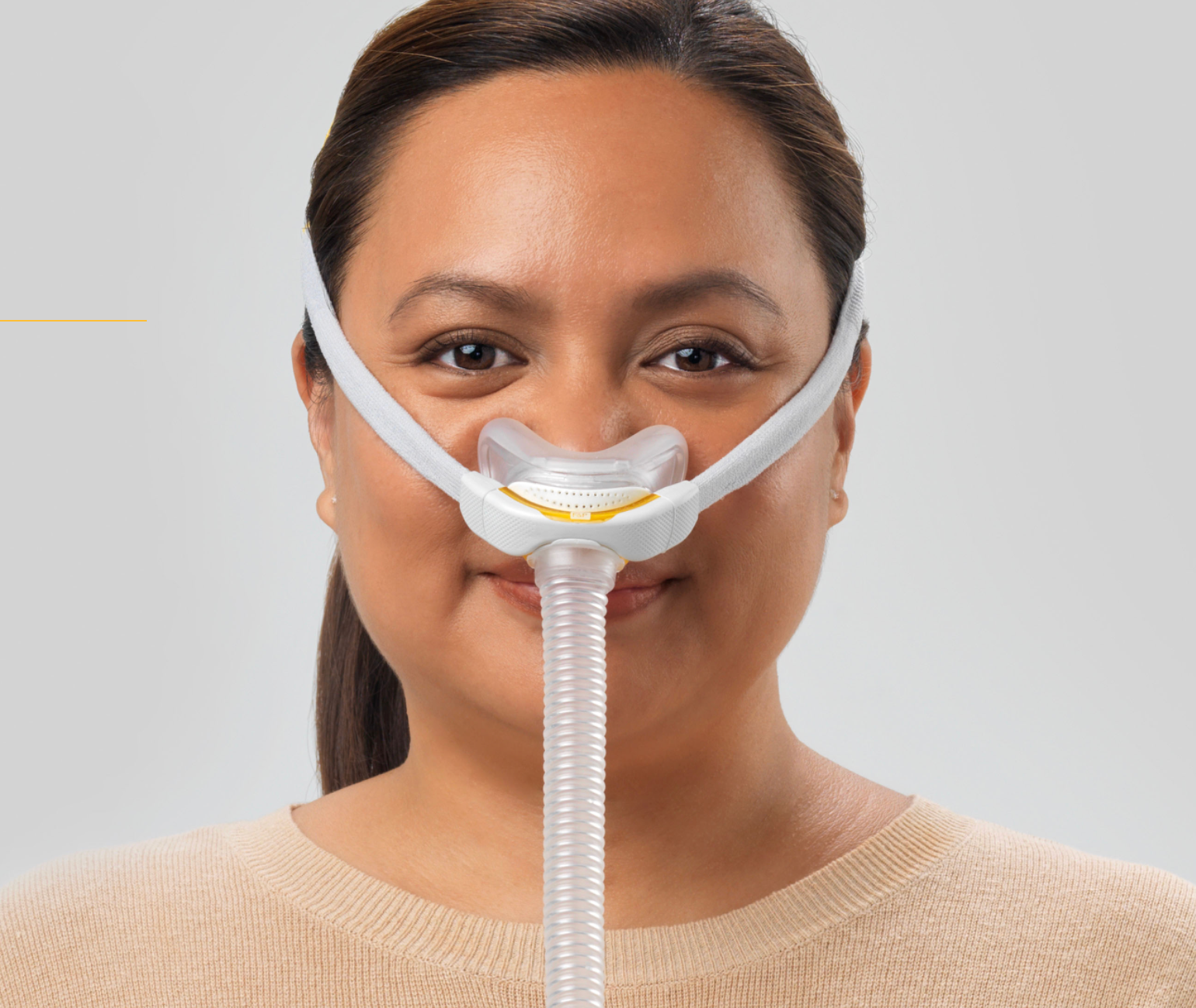
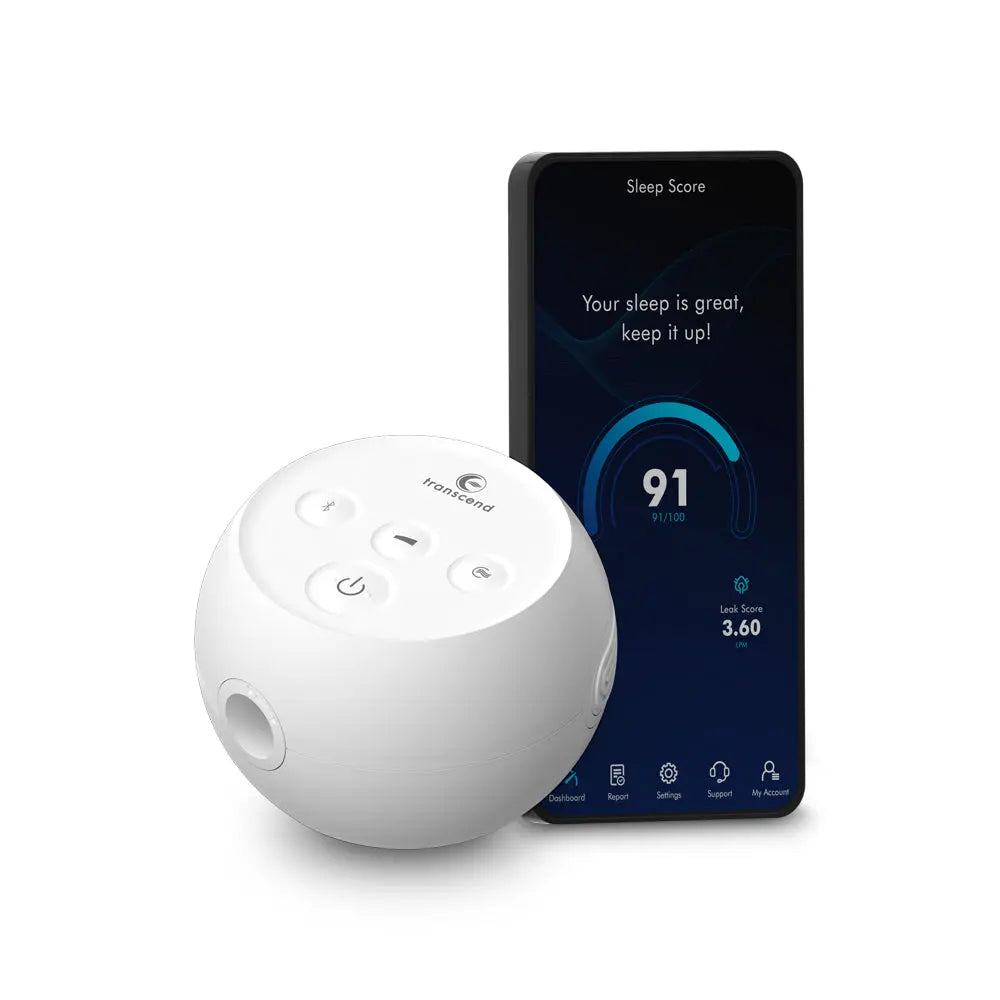
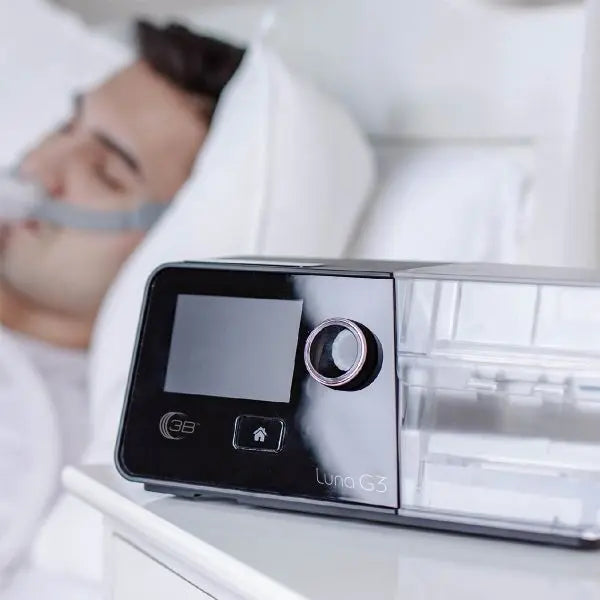


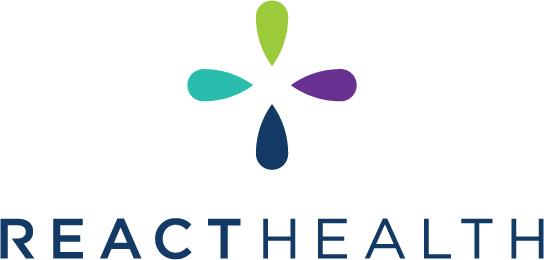
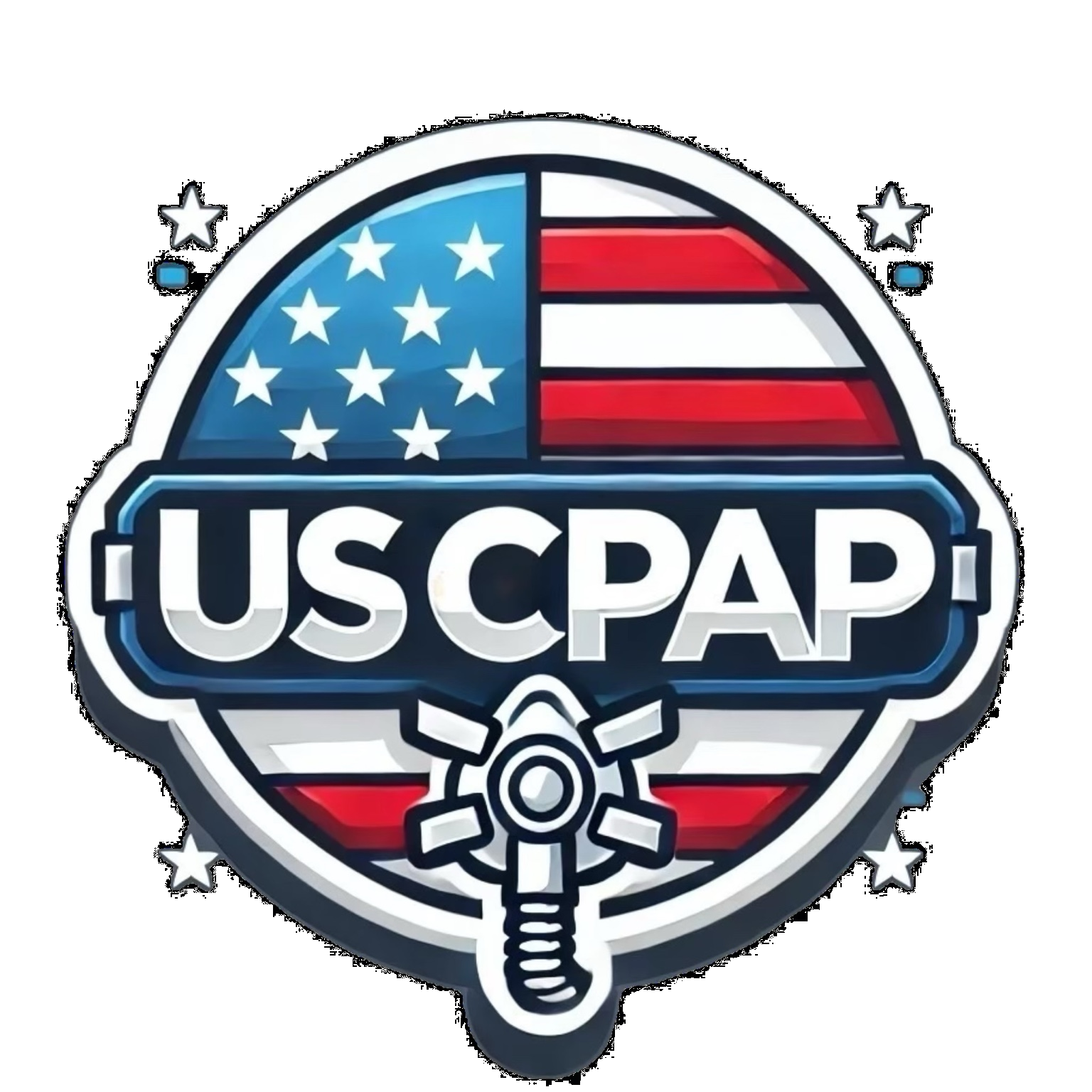
Leave a comment
This site is protected by hCaptcha and the hCaptcha Privacy Policy and Terms of Service apply.